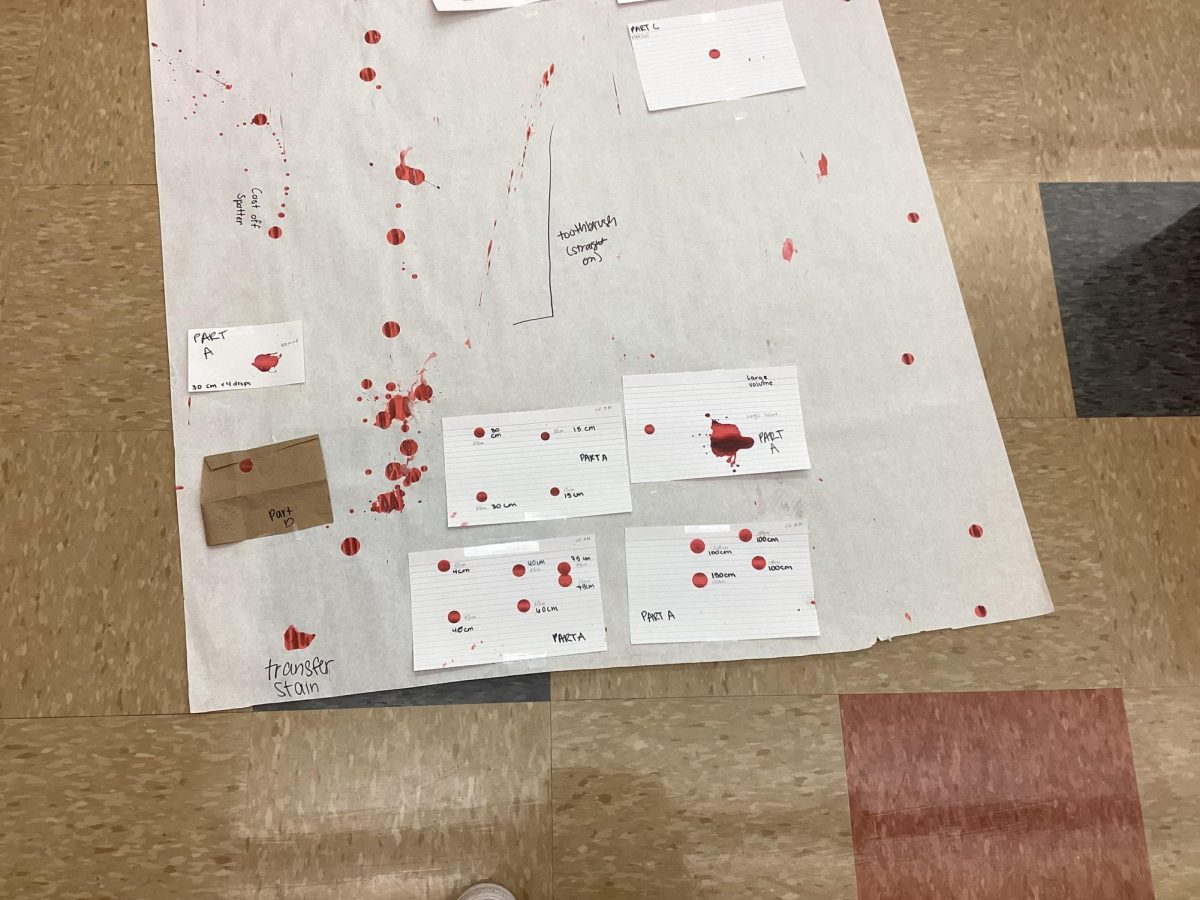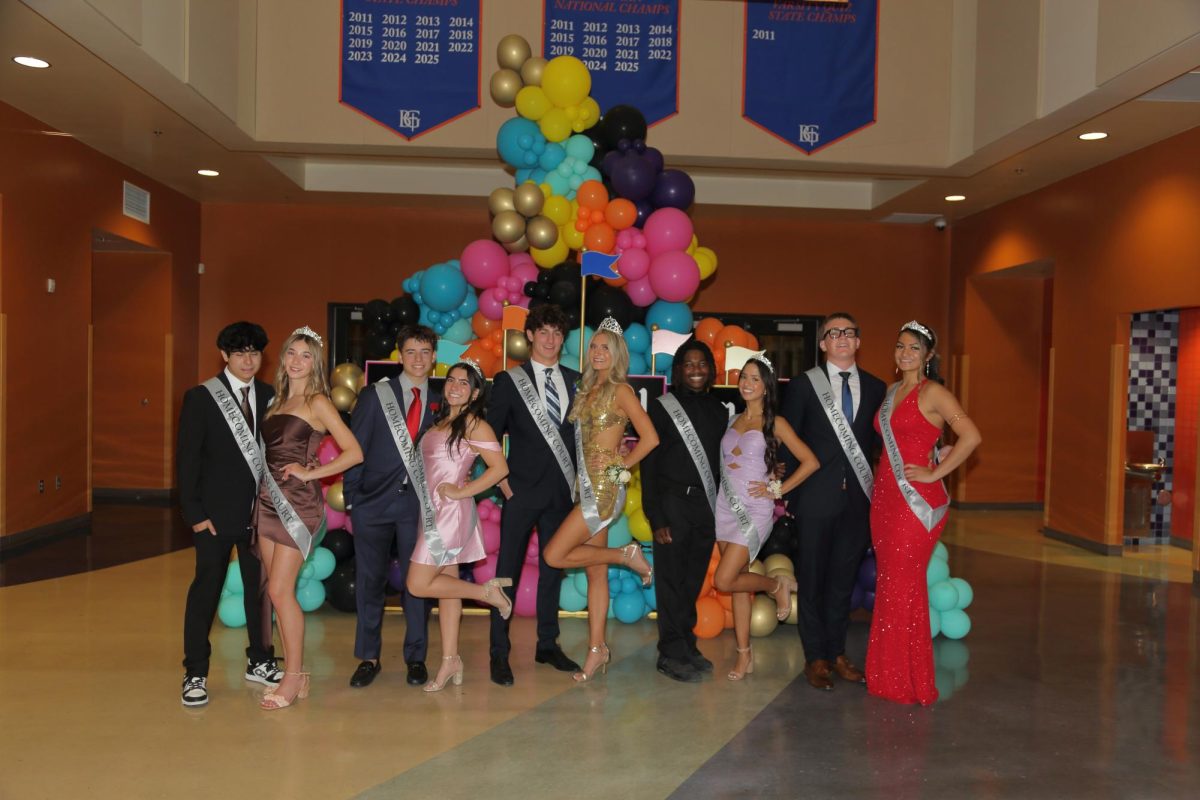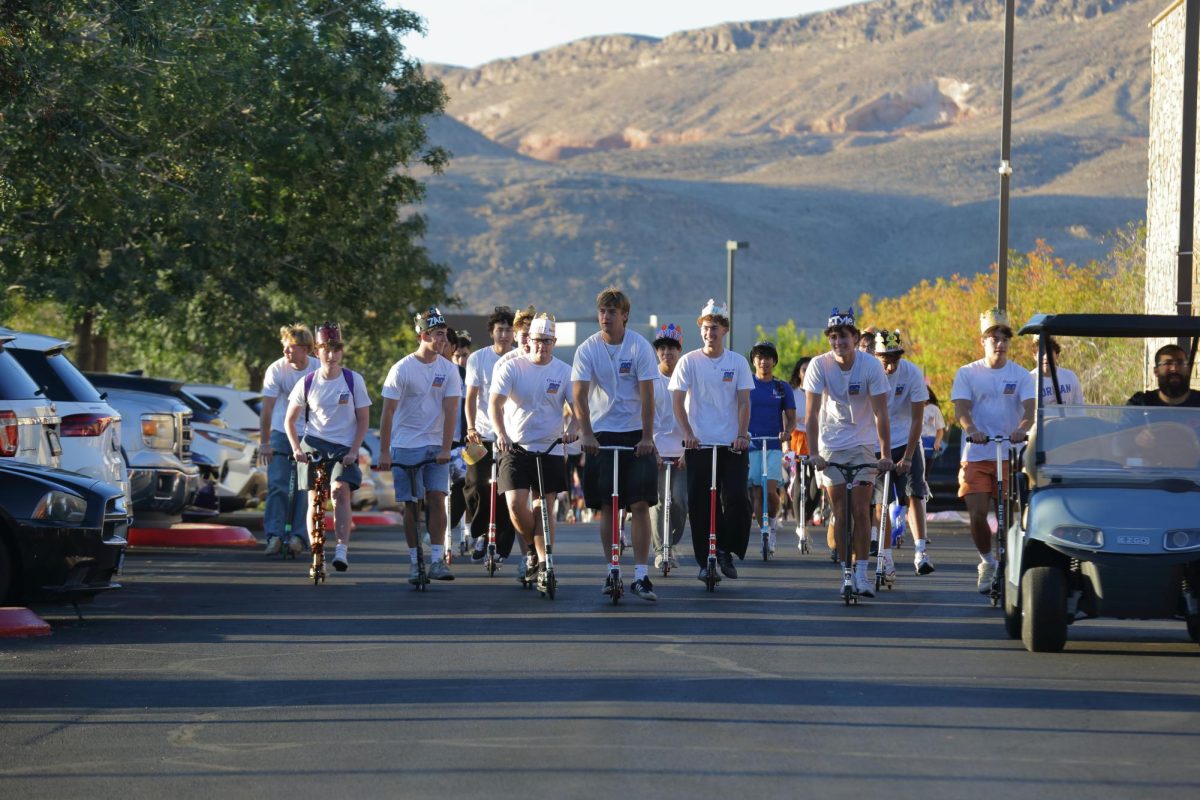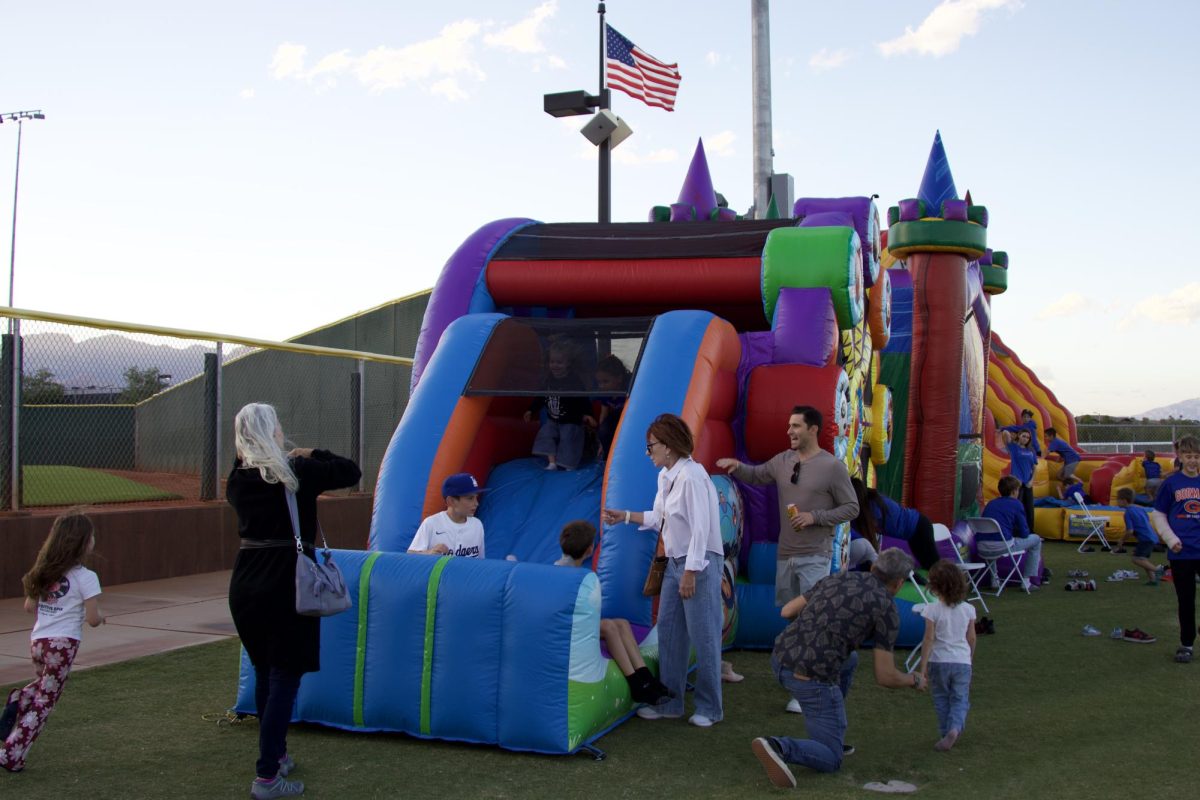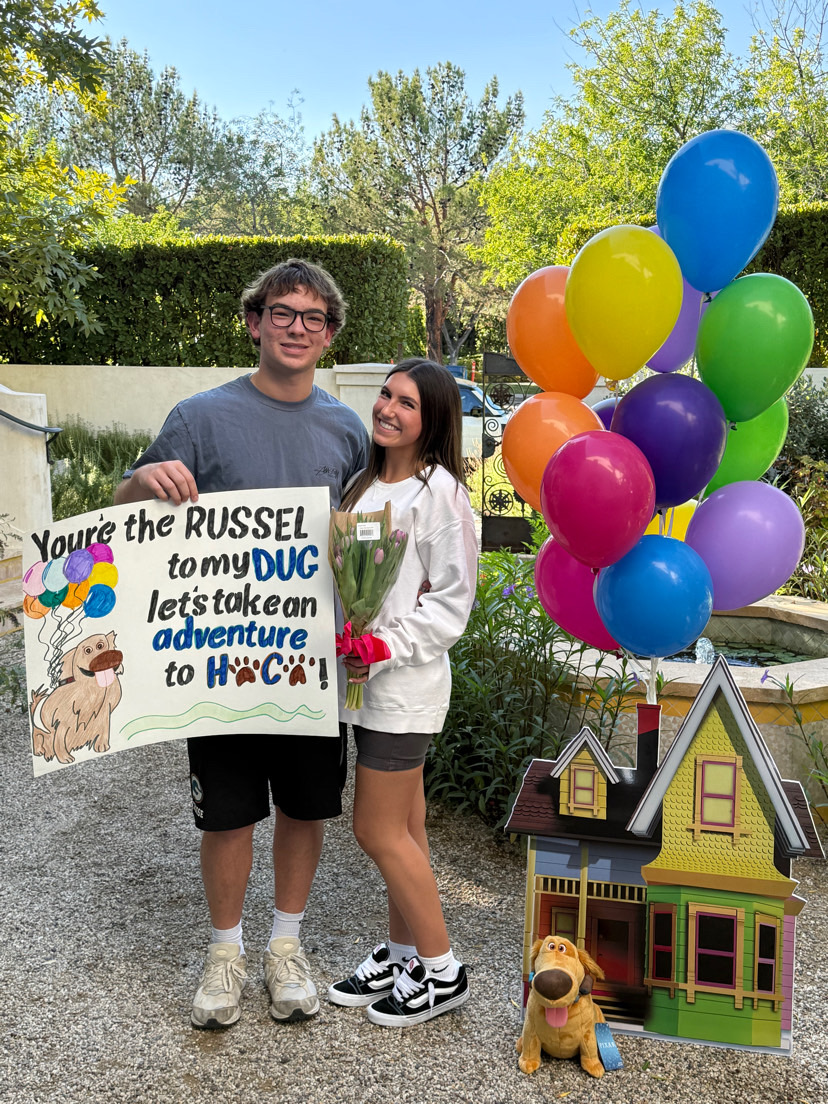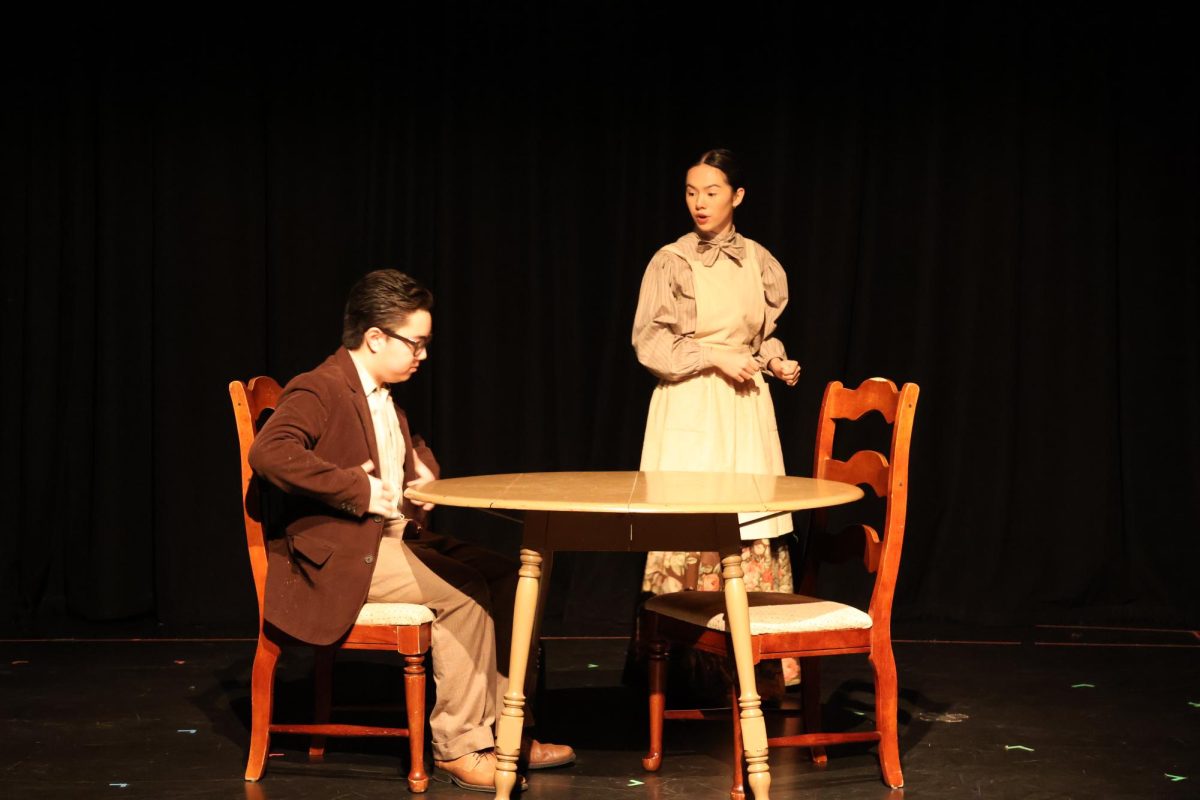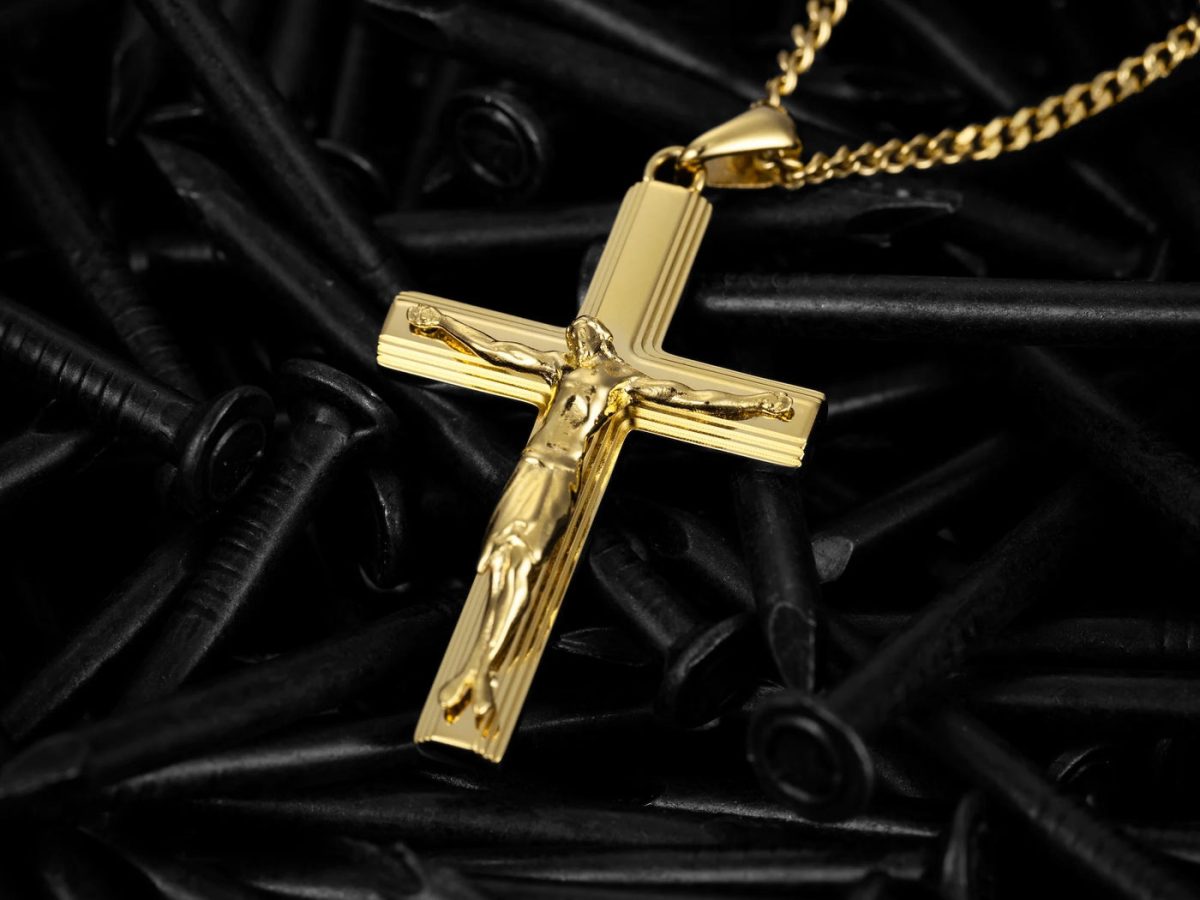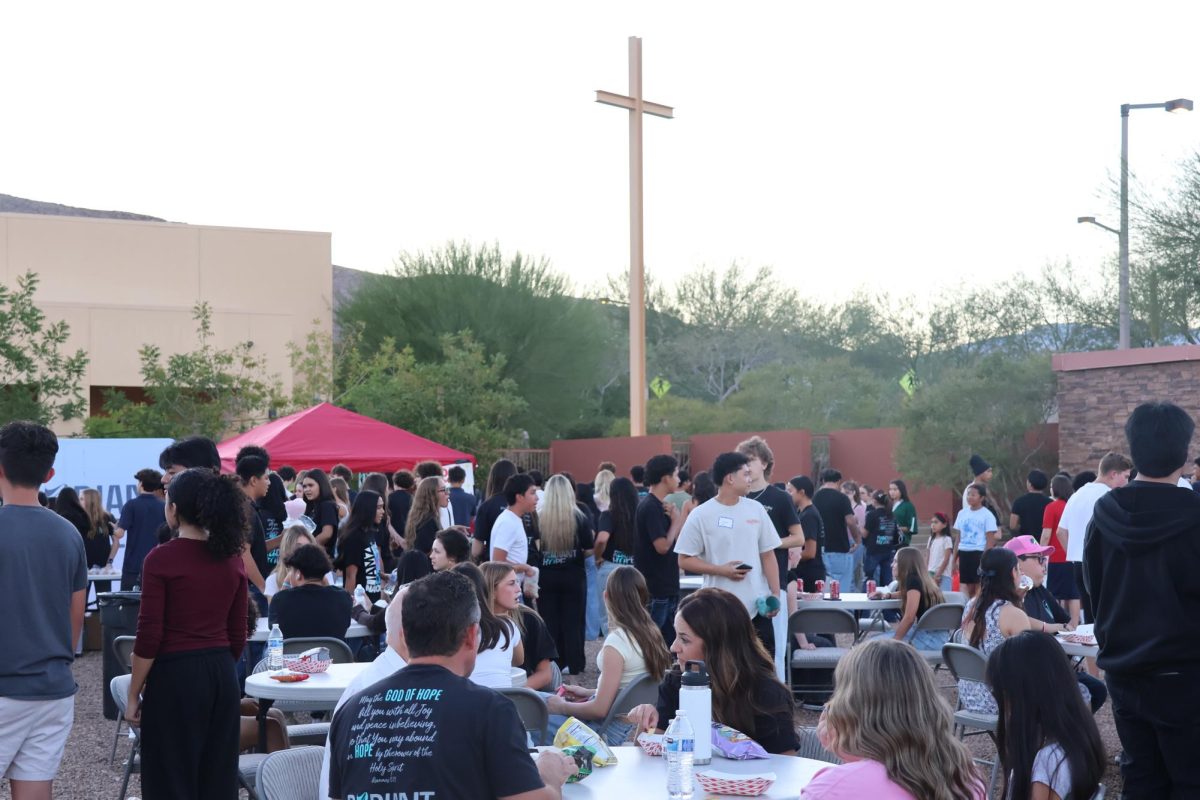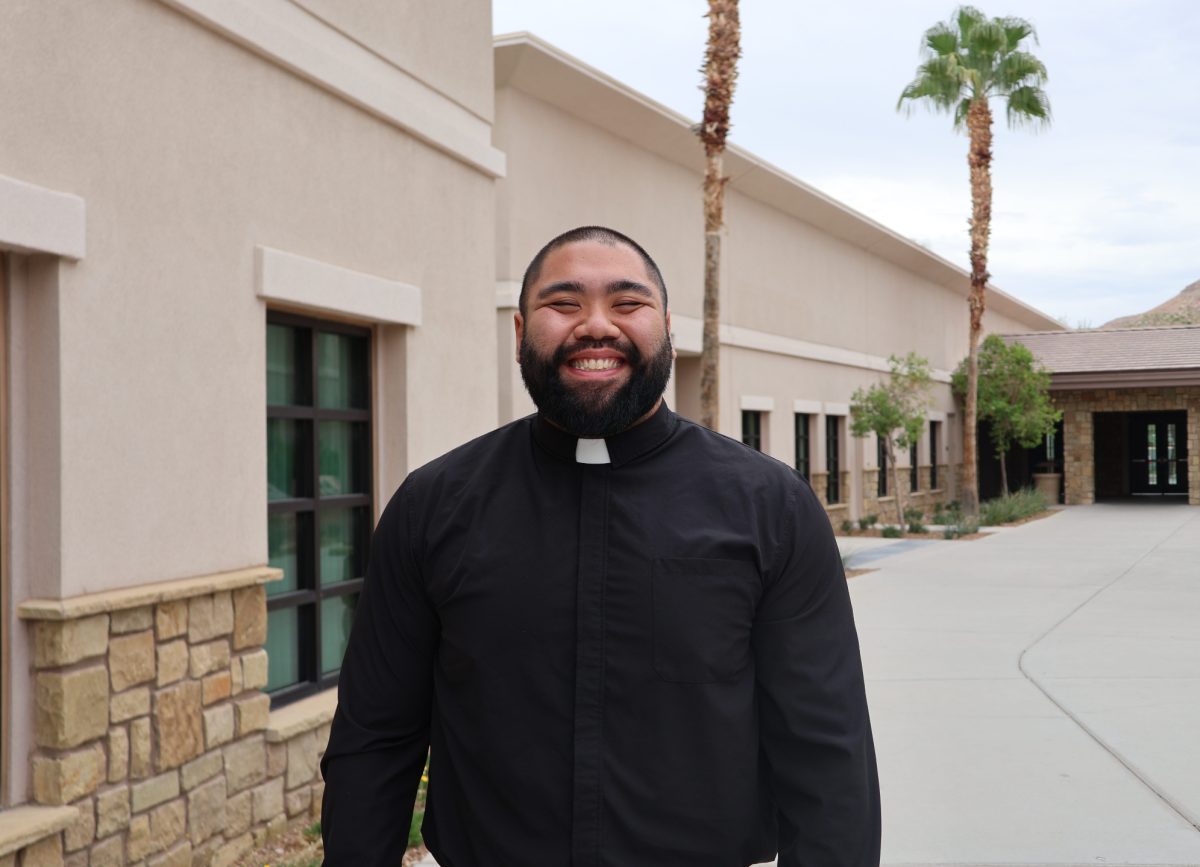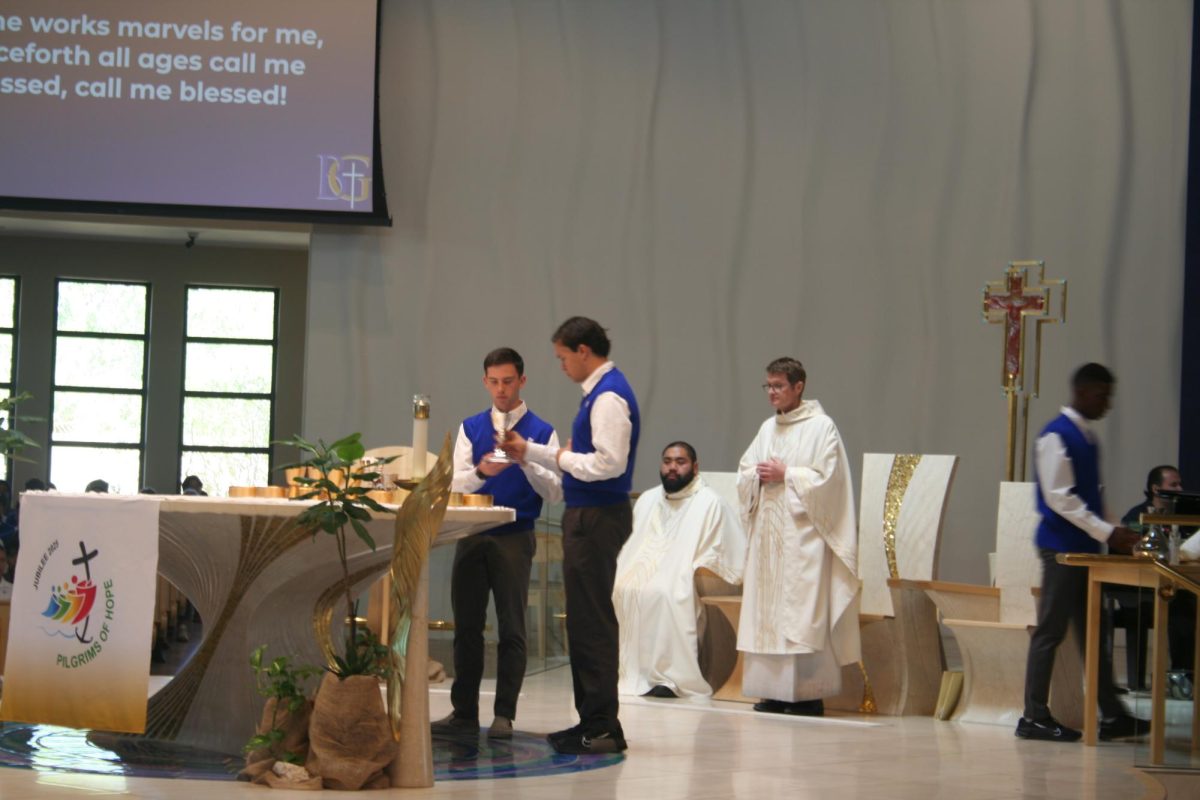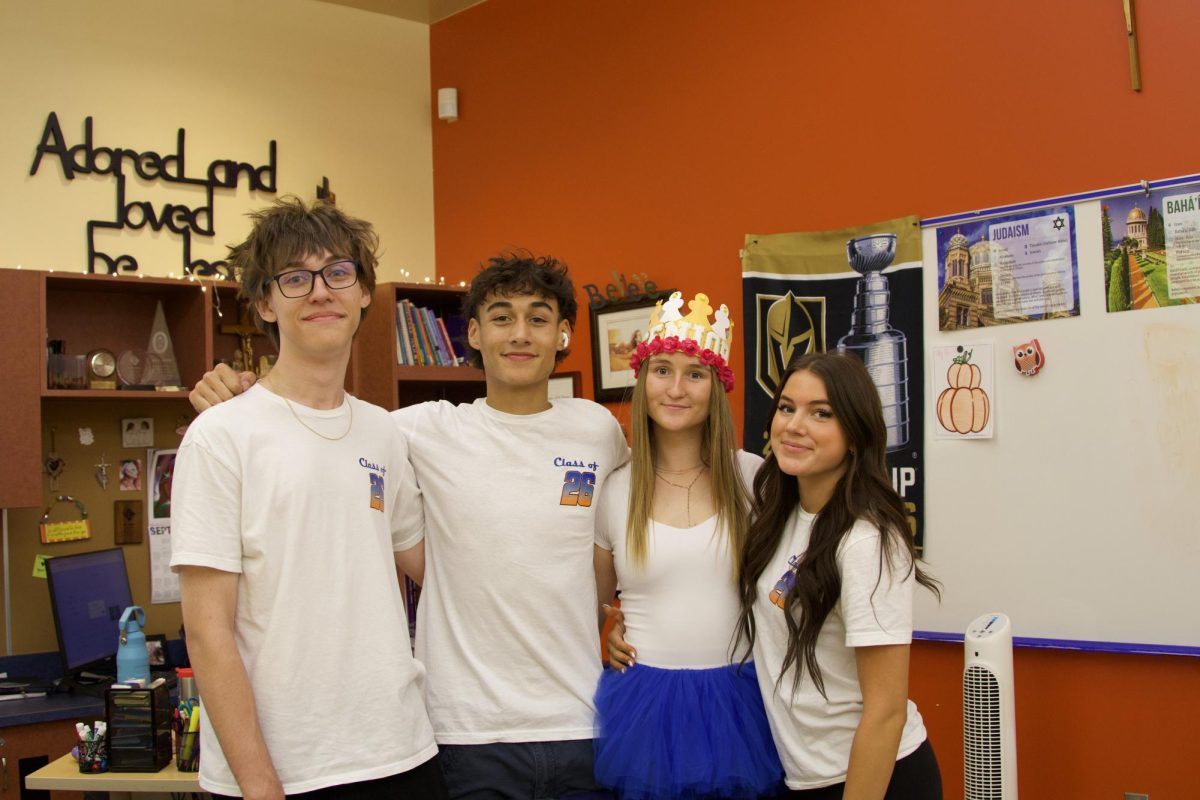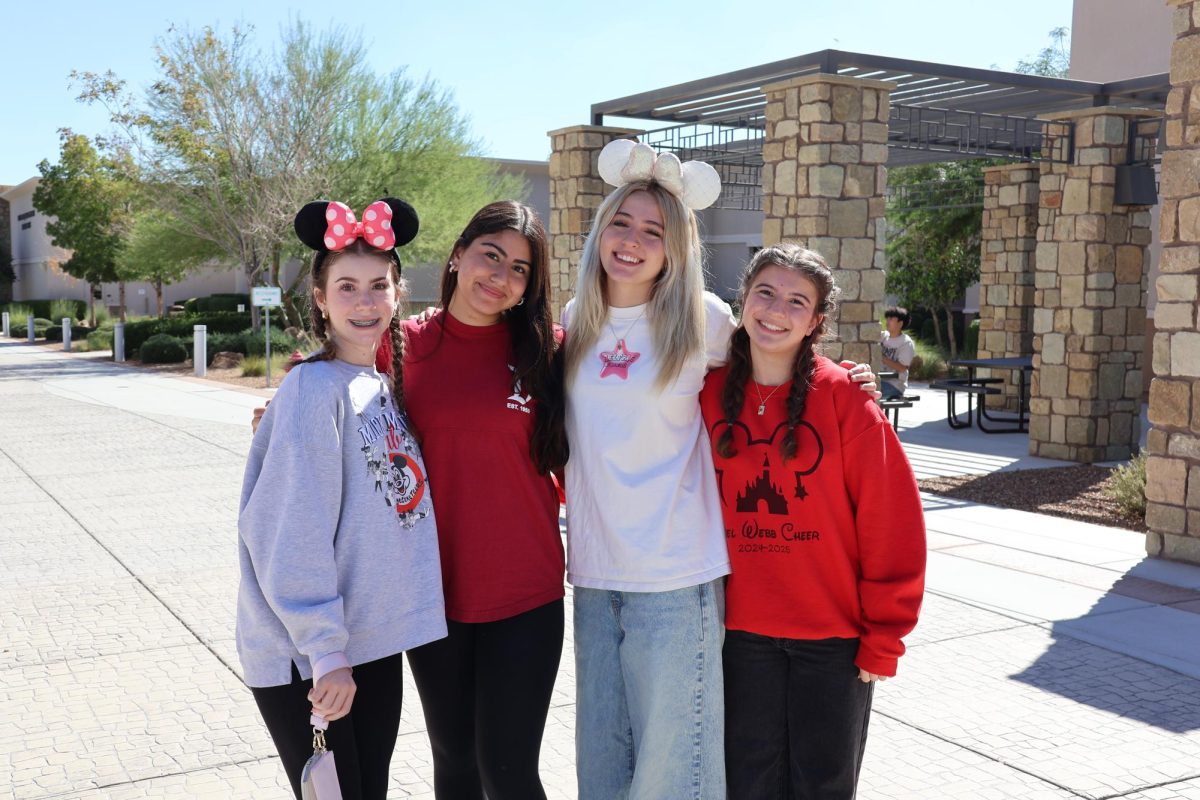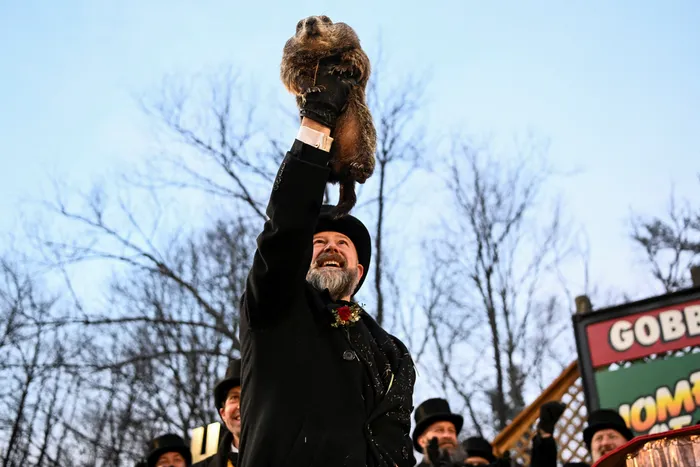Every year on Feb. 2nd the start of spring is determined by none other than a groundhog and his shadow. Legend goes, the groundhog will return to hibernation and cold weather will stick around for six more weeks if the groundhog sees his shadow. If the animal does not see his shadow, warm weather is on the way. On Feb. 2nd, 2025, the groundhog predicted there will be six more weeks of winter during the 139th annual Groundhog Day festivities.
To people all over the world, Groundhog Day is a random holiday or a movie starring Bill Murray. However it is an American and Canadian tradition and holiday. Bishop Gorman’s U.S. History teacher Carter Lamberth said, “Groundhog Day is as American as apple pie”.
While the tradition is celebrated in the United States and Canada, the tradition started from Ancient Christianity from German and Pennsylvania Dutch roots. On the Christian holiday, Candlemas, they would observe a badger’s behavior to predict the weather, later being called “Badger Day”. When the Pennsylvania Dutch came to North America during the 18th and 19th centuries, the tradition was altered by using a groundhog.
The first celebration of Groundhog Day was in Punxsutawney where a group of businessmen and groundhog hunters had the idea of starting the Punxsutawney Groundhog Club. Today, the club members known as the “Inner Circle” wear top hats and conduct the official proceedings speaking “Groundhogese” to the groundhog. Today thousands of people attend Groundhog Day in Punxsutawney.
“I think it’s so interesting but also comedic…thousands of people in Pennsylvania and Canada gather on the second to praise Phil the groundhog and he’s not even always accurate too but that doesn’t stop them from gathering,” said Emma Guido ‘25.
Studies done by the Canadian Weather Service and the National Climatic Center have shown that Punxsutawney Phil is only accurate 50% of the time and the Staten Island Chuck is accurate almost 80% of the time. Lamberth said, “I think there are things that Punxsutawney Phil knows that meteorologists don’t know”.
Some people believe that the predictions are false and some people think they are correct. Robert Engel ‘25 said they are “close enough” and that is the opinion of most people about Phil’s predictions.
While Groundhog Day might be seen as a silly tradition to most, it is a way for people to get out of their houses as well as be a part of their communities.


